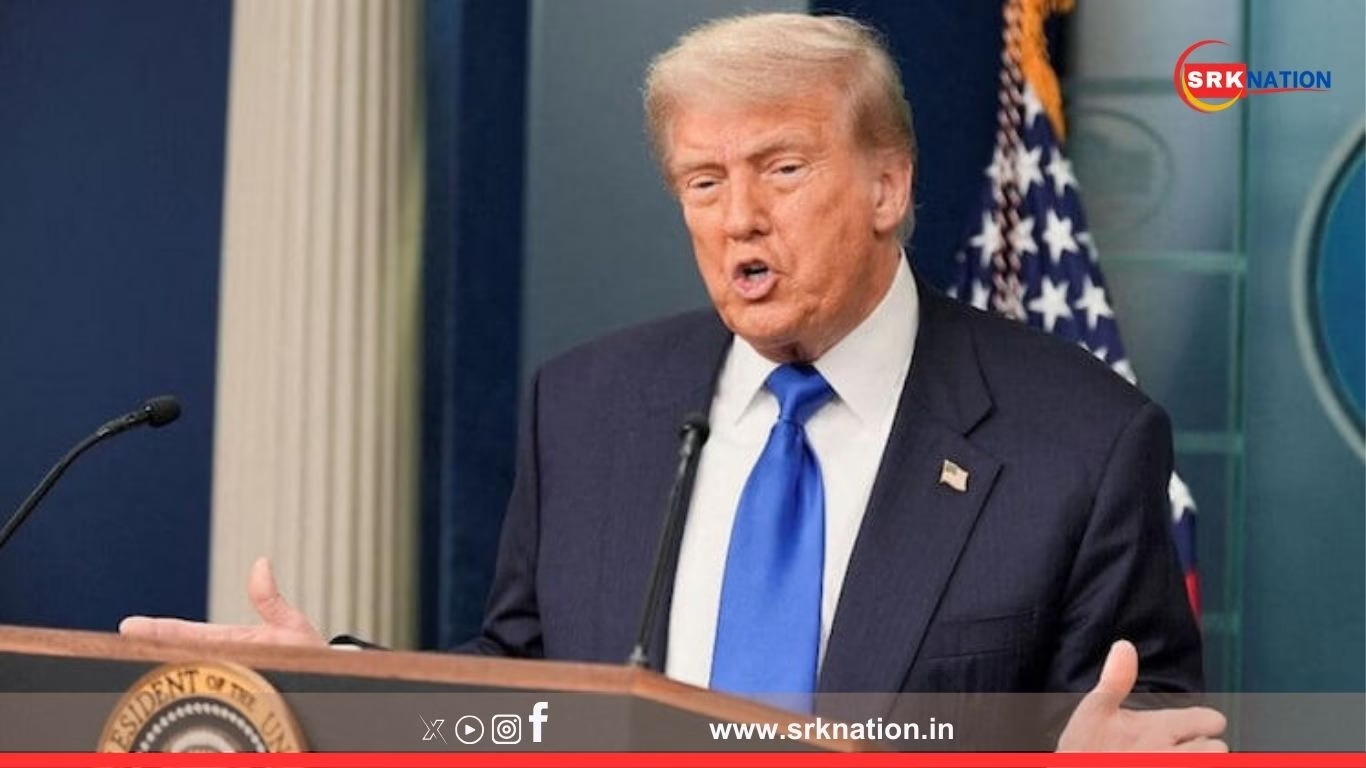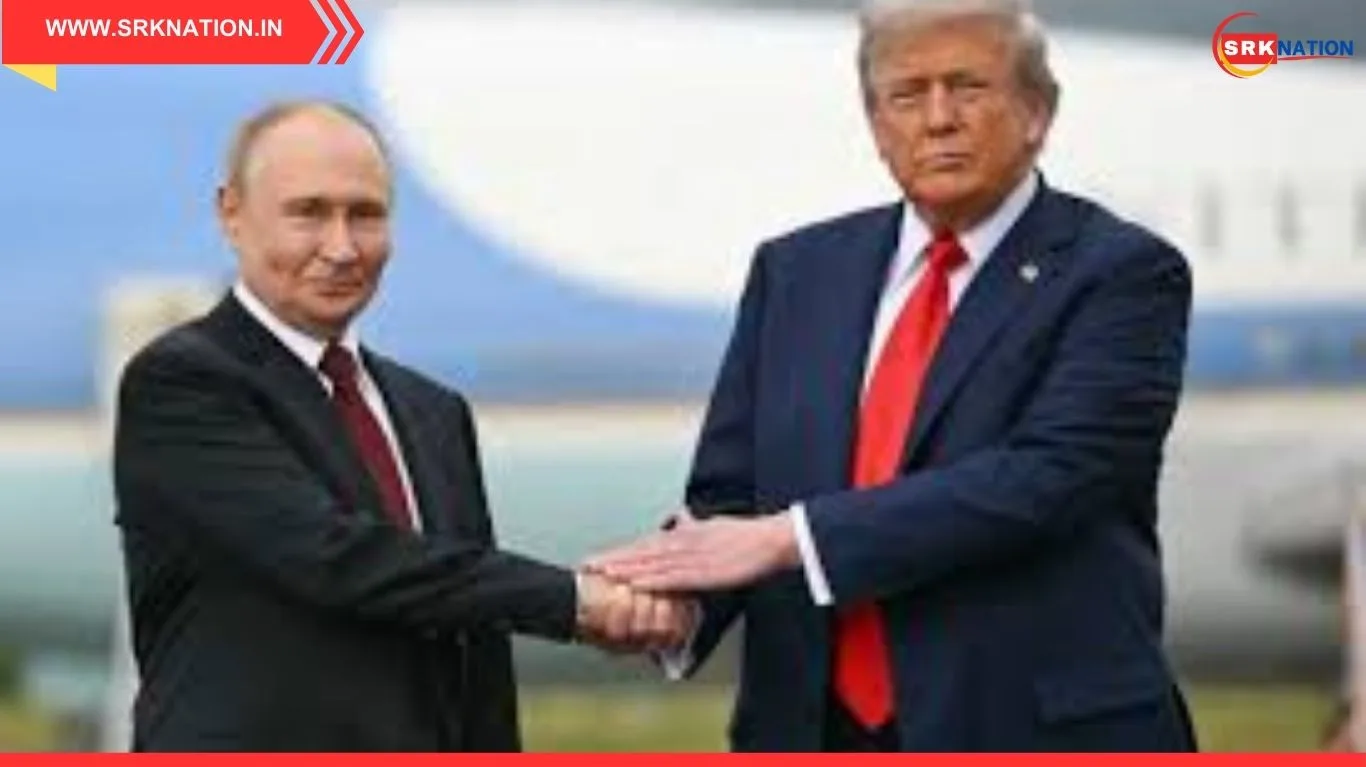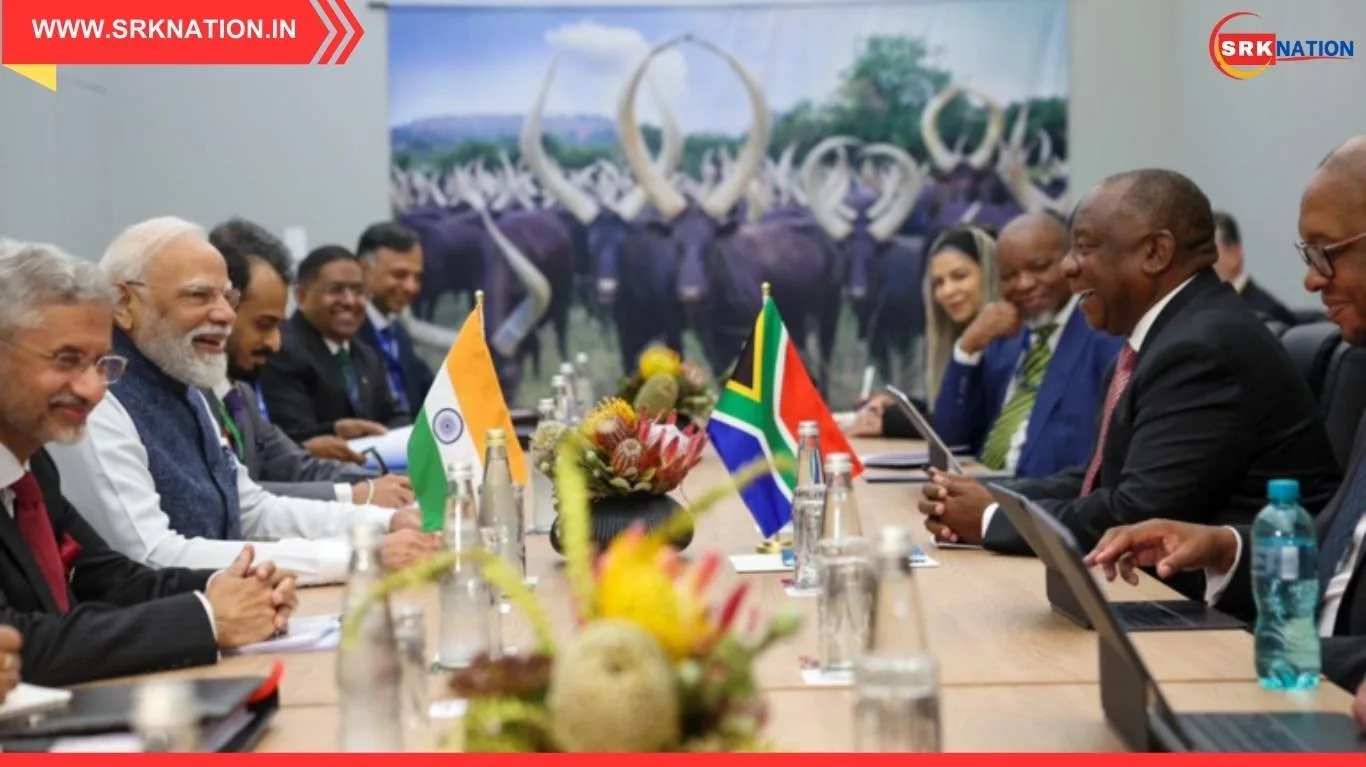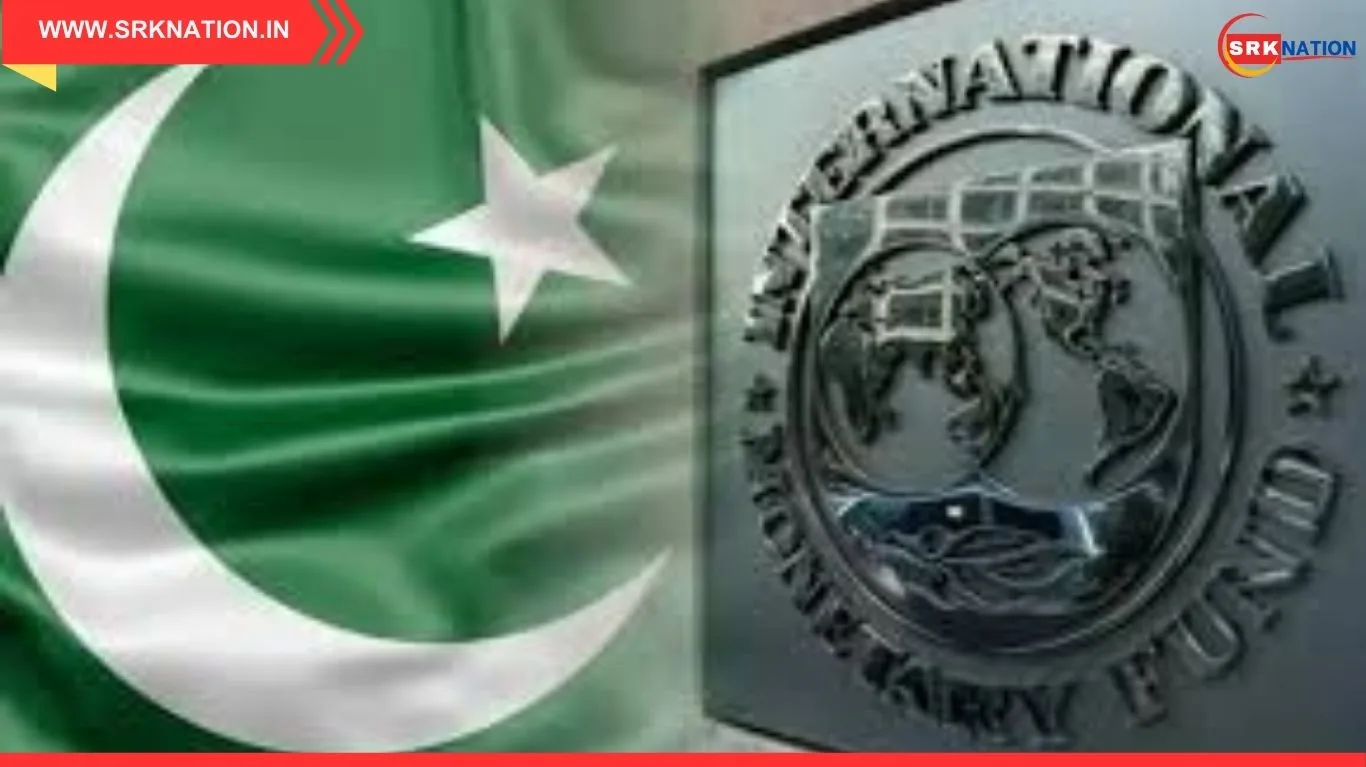Former US President Donald Trump has ignited fresh waves across global markets and diplomatic corridors by proposing a 35% tariff on Canadian imports, marking a significant escalation in his trade rhetoric ahead of the November presidential elections. In a fiery campaign address in Ohio, Trump criticised Canada’s trade practices as “exploitative” and warned that next week would bring a “big twist” related to Russia, leaving Washington’s policy and intelligence circles abuzz.
Why Has Trump Announced This Tariff Now?
Trump’s proposed 35% tariff on Canadian goods, if implemented upon his potential return to the White House, would be a major departure from the current US-Canada trade framework under USMCA. He argued that Canada has enjoyed “unfair access to American markets while blocking American dairy, grain, and steel products through hidden subsidies and regulatory games.”
This echoes his earlier 2018-2019 tariff battles with Canadian Prime Minister Justin Trudeau’s government, when steel and aluminium tariffs triggered a short-lived diplomatic chill. However, a 35% blanket tariff across sectors is unprecedented, threatening sectors from automotive parts to agricultural exports.
Key Canadian Exports Potentially Affected by Trump’s Tariff
| Sector | Approximate Annual Export Value to US (USD Billion) | Potential Impact |
|---|---|---|
| Automobiles & parts | $50 | Major price hikes for US consumers; disruption in integrated manufacturing chains |
| Crude oil & petroleum | $65 | Rising fuel costs in northern US states reliant on Canadian oil sands |
| Timber & wood products | $10 | Housing sector price pressures |
| Agricultural goods (grain, dairy) | $6 | Inflationary pressures; supply chain reconfiguration |
Canada’s Initial Reaction
Prime Minister Trudeau responded swiftly, stating:
“Any such action would be an economic disaster for both countries, violate existing trade agreements, and will be challenged at every possible forum.”
Canadian officials are reportedly preparing a list of retaliatory tariffs targeting politically sensitive US exports, including dairy, pork, and industrial machinery, to pressure Congressional Republicans and business lobbies in swing states ahead of the elections.
Why Is Trump Hinting at a ‘Big Russia Twist’ Next Week?
During the same speech, Trump hinted at a major foreign policy announcement related to Russia. Without providing details, he stated:
“Watch next week. We’re going to have something on Russia that will shock everyone, especially the deep state warmongers.”
Analysts are speculating on multiple possibilities:
- A Proposal to End the Ukraine War: Trump has often claimed he could end the Russia-Ukraine war “within 24 hours” through direct diplomacy with Vladimir Putin. The hinted announcement may outline such a framework, positioning himself as a global peacemaker.
- Sanctions Reversal Proposals: Speculation also surrounds a potential announcement to ease certain Russia sanctions in exchange for commitments on energy markets or arms limitations, aligning with his past critiques of “overextended US foreign policy.”
- New Campaign Allegations: Some observers believe Trump may unveil intelligence or internal documents relating to past US policy on Russia, aiming to attack the Biden administration’s credibility.
How Does This Impact Global Markets and US Allies?
The combined impact of tariff threats and a pending Russia policy statement has created unease among economic and strategic partners.
- Financial Markets: The S&P 500 and Dow Jones futures dipped marginally post-announcement, while the Canadian dollar weakened against the US dollar on tariff concerns.
- European Allies: EU diplomats expressed apprehension about any abrupt Russia policy shift by Trump, fearing it could weaken NATO cohesion and embolden Moscow.
- Asian Markets: Trade analysts warned that destabilisation of North American supply chains could ripple into Asian manufacturing, especially for components routed through Canadian facilities.
Potential Political Motives Behind The Announcements
| Announcement | Potential Domestic Motive |
|---|---|
| 35% Canada Tariff | Rally blue-collar voter base in Rust Belt states by projecting protectionism and economic nationalism |
| Russia Policy Teaser | Undercut Biden’s Ukraine policy achievements; shift media narrative from domestic legal challenges to global leadership |
Reactions from Republican Leaders
While Trump remains the Republican frontrunner, some party leaders have cautioned against the economic risks of sweeping tariffs. Senator Mitt Romney termed the proposal “economically disastrous and strategically short-sighted,” while others, like Senator Josh Hawley, supported it as “necessary leverage to secure American jobs.”
Canada’s Possible Retaliation Strategy
Canadian trade strategists are preparing a targeted retaliation plan focusing on:
- Agricultural exports critical to Midwest states
- Manufacturing inputs for swing state industries
- Select energy products with alternative buyers in Europe and Asia
This approach is designed to maximise domestic political pain within the US while protecting Canada’s economic stability.
What Next for US-Canada Relations?
If Trump formalises the tariff proposal as part of his official campaign economic policy, it would trigger:
- Market Realignments: US manufacturers may accelerate alternative supplier searches, potentially raising input costs and consumer prices.
- Legal Challenges: Canada will initiate WTO disputes, while US companies dependent on cross-border supply chains will lobby intensely to dilute or block the tariff.
- Geopolitical Realignments: Canada could deepen trade diversification with the EU and Asia-Pacific to reduce exposure to US economic volatility.
Russia Announcement: A Global Watchpoint
The strategic community is bracing for Trump’s Russia announcement next week, which could range from a detailed peace proposal for Ukraine to foreign policy revelations aimed at undermining Biden’s re-election narrative. European NATO members are reportedly in informal consultations to prepare coordinated responses.
Conclusion
Donald Trump’s aggressive tariff threat against Canada and his cryptic teaser on Russia mark a pivotal moment in his 2025 campaign strategy, combining economic populism with foreign policy disruption to dominate the news cycle. While these announcements energise his voter base, they inject fresh uncertainty into global markets and regional diplomatic balances. The coming week will reveal whether his Russia twist reshapes the US foreign policy debate just four months before the presidential election.
Disclaimer: This news analysis is based on publicly available statements, trade data, and diplomatic assessments. It does not reflect any official endorsement or classified information and is intended purely for journalistic and informational purposes.











